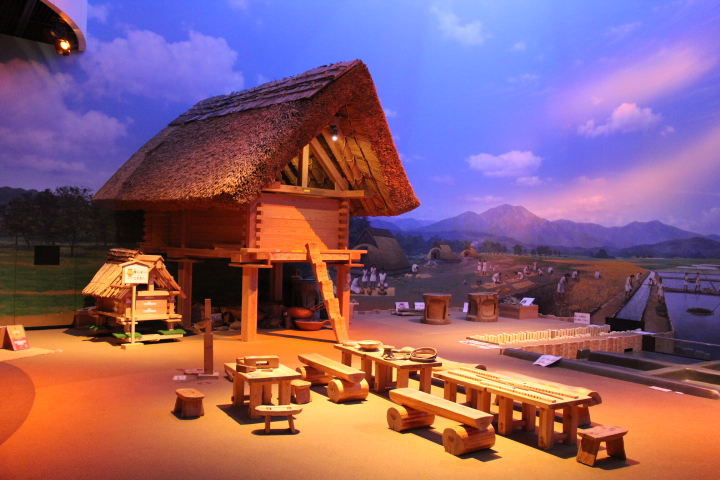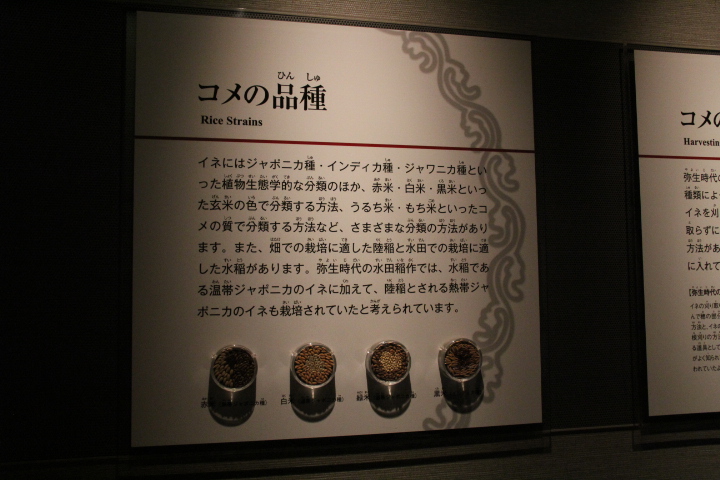Last July, I joined a study tour in Japan sponsored by the Japan
Foundation with two
colleagues (Frieda and Karen) and one professor (Dr. Reyes) from our college. Our first stop was Kyoto, where we visited a nearby Toro
archaeological site that was discovered in the 1940s and the museum which
features Yayoi artifacts and culture, the era to which the ruins belong.
The first floor of the museum contains replicas of
rice granaries and tools used in food preparation during the period. Our
professor explained that the rice granaries were very much similar to those
found in some parts of Northern Luzon.
The next picture shows how the structure prevented
rats from climbing into the granary.
This area also allows visitors to somehow experience
the kind of life during that era. Visitors can try planting rice and threshing the harvest.
Since I don’t have a tripod, I just looked for a flat surface
where I can place my camera and used the timer to take pictures of us four.
It is in the second floor where the artifacts and other archaeological display are
located. We’re lucky because we were accompanied by our Japanese professor and
she was able to translate the descriptions for us.
The next day, we took the Shinkasen (bullet train) on
our way to Shizuoka to participate in the 20th Young Scholars’
Conference on Philippine Studies at the Shizuoka University. Aside from its
speed, another interesting thing about the Shinkansen is the accuracy in its
time of arrival and departure.
After the conference, we went back to Kyoto. We had
some free time and were able to go around the nearby shopping district. Again,
I wish I had a tripod because the place was ideal for night photography because
of the lights and it was very safe.
Another thing that is difficult not to notice is how
clean the streets are.
The following day, we went to the Kyoto Manga Museum.
Visitors, however, are not allowed to use their cameras inside the museum.
Outside is a small cafe with nice drawings by the
customers (I assume).
We also visited the Nijo Castle that was built during the Tokugawa period. Again, cameras are not allowed inside.
Adjacent to it is a beautiful
garden.
I again set the camera in timer mode
and was positioning it on top of a flat surface when a guy volunteered to take
our picture. I wish I was able to get his name so I can mention it here.
Then we went to Ginkakuji Temple. It was summer
when we were there but it was raining the whole time and it was always gloomy. I wonder how the place
would look like when the flowers are in bloom.
































No comments:
Post a Comment